How Does Basicity Affect Poly Aluminium Chloride Liquid Performance?
Poly Aluminium Chloride (PAC) liquid is a crucial component in water treatment processes, and its performance is significantly influenced by its basicity. Understanding this relationship is essential for optimizing water treatment efficiency. In this comprehensive guide, we'll explore how basicity affects Poly Aluminium Chloride Liquid performance, focusing on optimal ranges for various applications and the benefits of different basicity levels.
Optimal basicity range (40-70%) for wastewater treatment
The basicity of Poly Aluminium Chloride Liquid plays a pivotal role in determining its effectiveness in wastewater treatment. Generally, a basicity range of 40-70% is considered optimal for most wastewater treatment applications. This range strikes a balance between coagulation efficiency and pH stability.
At lower basicity levels (40-50%), PAC exhibits enhanced coagulation properties, making it particularly effective in treating waters with high turbidity or organic content. The lower basicity allows for more rapid hydrolysis, resulting in quicker floc formation and improved settling characteristics.
As we move towards the higher end of the optimal range (60-70%), PAC demonstrates improved stability and a broader pH operating window. This increased stability is advantageous in situations where pH fluctuations are common or when treating waters with varying chemical compositions.
It's worth noting that the optimal basicity can vary depending on specific water characteristics and treatment goals. Factors such as temperature, pH, and contaminant profile all play a role in determining the most effective basicity for a given application.
High basicity PAC: Benefits for low-temperature operations
While the 40-70% range is generally considered optimal, high basicity Poly Aluminium Chloride liquid (typically above 70%) offers unique advantages, particularly in low-temperature operations. As temperatures drop, the hydrolysis rate of PAC slows down, potentially reducing its effectiveness. High basicity PAC helps mitigate this issue.
The increased hydroxyl content in high basicity PAC results in a more pre-hydrolyzed product. This pre-hydrolysis means that the coagulant is already partially activated, allowing it to perform more efficiently in cold water conditions. The benefits of high basicity PAC in low-temperature operations include:
- Improved floc formation: The pre-hydrolyzed nature of high basicity PAC facilitates faster and more robust floc formation, even in cold water.
- Enhanced settling characteristics: Flocs formed by high basicity PAC tend to be denser and settle more quickly, improving overall treatment efficiency.
- Reduced dosage requirements: The increased efficiency often allows for lower dosage rates, potentially reducing chemical costs.
- Broader pH range: High basicity PAC typically maintains its effectiveness over a wider pH range, providing more flexibility in treatment processes.
These advantages make high basicity PAC an attractive option for water treatment facilities operating in colder climates or dealing with seasonal temperature fluctuations. However, it's important to note that the higher cost of high basicity PAC should be weighed against its benefits in each specific application.
Relationship between basicity and charge neutralization
The basicity of Poly Aluminium Chloride liquid has a direct impact on its charge neutralization capabilities, which is a key mechanism in the coagulation process. Understanding this relationship is crucial for optimizing PAC performance in various water treatment scenarios.
Charge neutralization occurs when the positively charged aluminum species in PAC interact with negatively charged colloidal particles in the water, destabilizing them and allowing for floc formation. The basicity of PAC affects this process in several ways:
- Aluminum speciation: As basicity increases, the distribution of aluminum species shifts towards more polymerized forms. These polymerized species often have higher positive charges, enhancing their ability to neutralize negative particles.
- Hydrolysis rate: Lower basicity PAC hydrolyzes more quickly, releasing aluminum ions that can rapidly neutralize charges. Higher basicity PAC, being more pre-hydrolyzed, may provide a more gradual and sustained charge neutralization effect.
- pH buffering: Higher basicity PAC has a greater buffering capacity, which can help maintain a stable pH during the coagulation process. This pH stability can be crucial for maintaining optimal charge neutralization conditions.
The relationship between basicity and charge neutralization is not linear, and the optimal basicity for charge neutralization can vary depending on water characteristics. For example:
- In waters with high organic content, a lower basicity PAC might be more effective due to its rapid hydrolysis and charge neutralization capabilities.
- For waters with high alkalinity or hardness, a higher basicity PAC may be preferred for its improved stability and reduced impact on pH.
It's also important to consider that charge neutralization is just one aspect of the coagulation process. Other mechanisms, such as sweep flocculation and inter-particle bridging, also play significant roles. The ideal PAC basicity should balance these various mechanisms to achieve optimal overall performance.
Practitioners should be aware that while higher basicity generally correlates with improved charge neutralization, there's a point of diminishing returns. Extremely high basicity PAC (above 80-85%) may not provide significant additional benefits in terms of charge neutralization and could potentially lead to over-stabilization of particles in some cases.
To optimize charge neutralization, water treatment professionals should consider:
- Conducting jar tests with PAC products of varying basicities to determine the most effective option for their specific water characteristics.
- Monitoring zeta potential as an indicator of charge neutralization efficiency.
- Adjusting PAC dosage and basicity seasonally or as water quality changes to maintain optimal performance.
By understanding the nuanced relationship between PAC basicity and charge neutralization, water treatment facilities can fine-tune their coagulation processes for maximum efficiency and effectiveness.
Conclusion
The basicity of Poly Aluminium Chloride liquid is a critical factor in determining its performance in water treatment applications. From the optimal range of 40-70% for general wastewater treatment to the benefits of high basicity PAC in low-temperature operations, understanding these relationships allows for more effective and efficient water treatment processes.
The interplay between basicity, charge neutralization, and overall coagulation performance is complex and highly dependent on specific water characteristics. As such, water treatment professionals must carefully consider these factors when selecting and optimizing PAC for their applications.
Are you looking to improve your water treatment processes with high-quality Poly Aluminium Chloride liquid? Xi'an PUTAI Environmental Protection Co., Ltd. has over 17 years of experience in producing and supplying top-tier water treatment chemicals. As a leading manufacturer in North-west China, we offer a range of PAC products with varying basicities to suit your specific needs. Our team of experts can help you determine the ideal PAC solution for your water treatment challenges. Don't compromise on water quality – choose PUTAI for reliable, efficient, and environmentally friendly water treatment solutions. Contact us today at sales@ywputai.com to discuss how we can optimize your water treatment processes.
References
1. Zhang, L., et al. (2019). "Effect of basicity on the performance of polyaluminum chloride coagulant in water treatment." Journal of Water Process Engineering, 32, 100927.
2. Wang, D., et al. (2020). "Influence of basicity on coagulation performance of polyaluminum chloride: A comparative study on the treatment of different types of water." Separation and Purification Technology, 237, 116328.
3. Yang, Z., et al. (2018). "The relationship between basicity and charge neutralization efficiency of polyaluminum chloride: Insights from experiment and theory." Water Research, 138, 92-100.
4. Liu, H., et al. (2021). "Optimizing polyaluminum chloride coagulation for low-temperature water treatment: The role of basicity and pre-hydrolysis." Chemical Engineering Journal, 405, 126724.
RECOMMENDATIONS
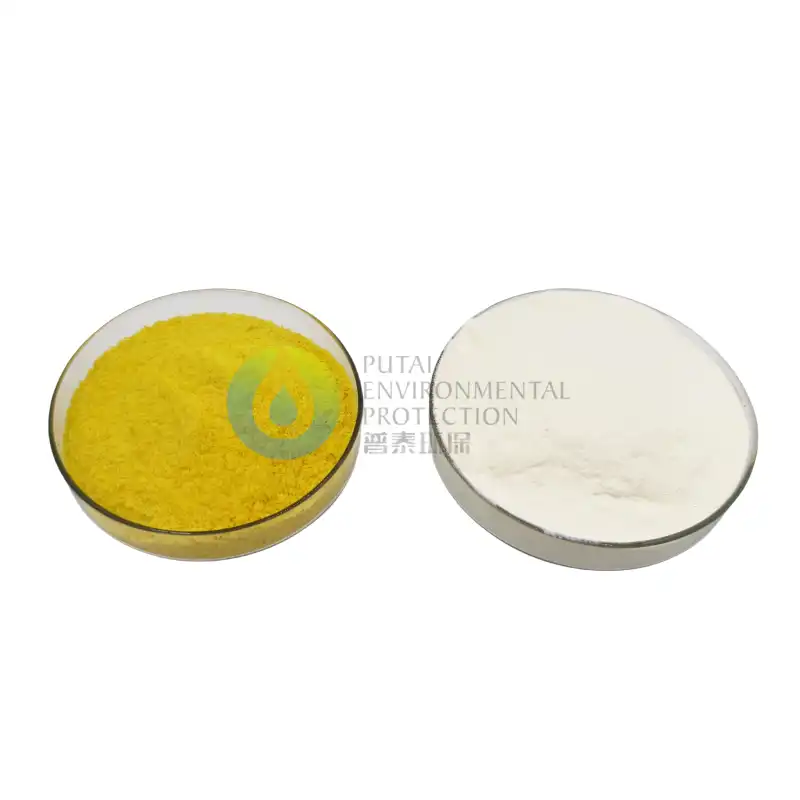 VIEW MORELow Polyaluminum Chloride In Water
VIEW MORELow Polyaluminum Chloride In Water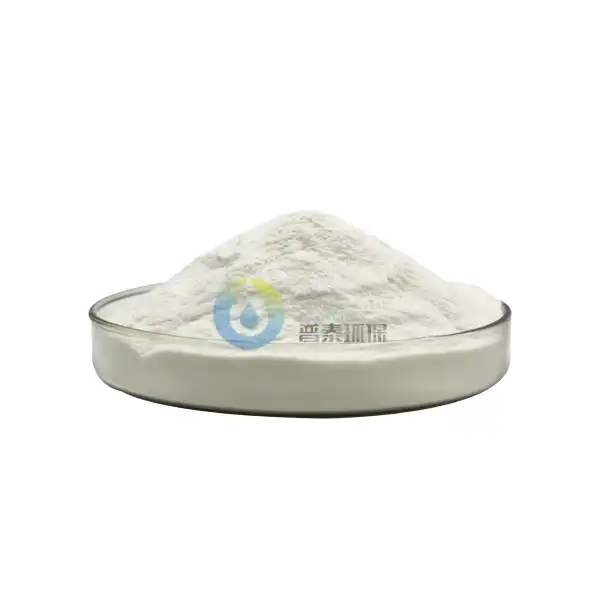 VIEW MOREHigh Purity Polyaluminum Chloride
VIEW MOREHigh Purity Polyaluminum Chloride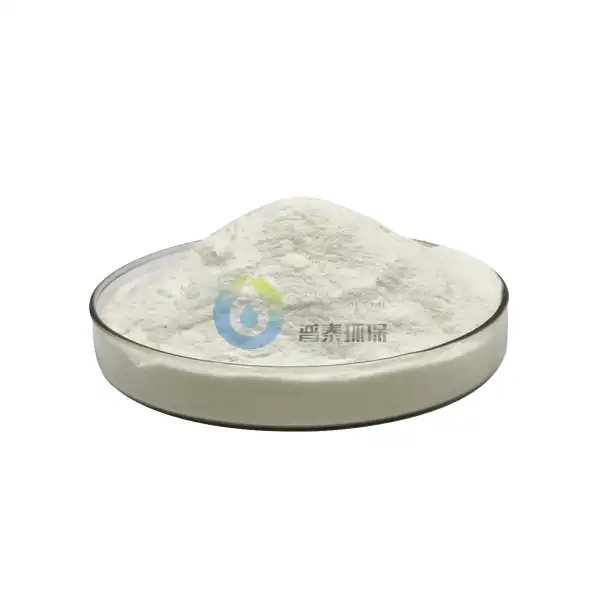 VIEW MOREHigh Basicity Polyaluminum Chloride
VIEW MOREHigh Basicity Polyaluminum Chloride固液_1729153189390.webp_1729498153376.webp) VIEW MOREHigh Purity Polyaluminum Chloride Pac
VIEW MOREHigh Purity Polyaluminum Chloride Pac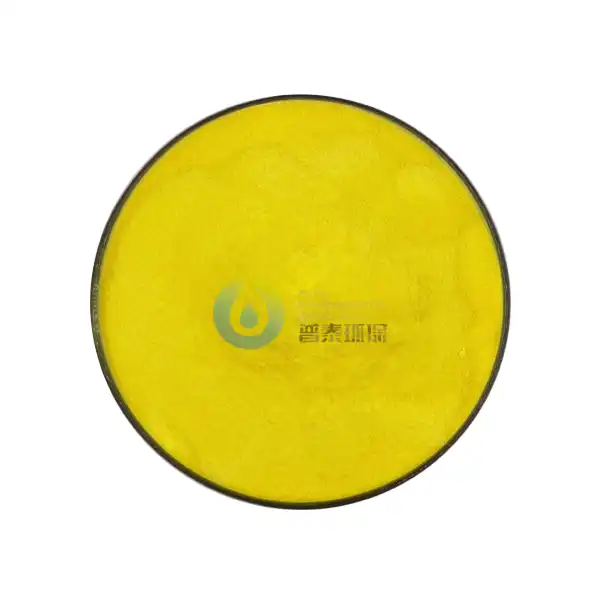 VIEW MOREPac Polyaluminum Chloride
VIEW MOREPac Polyaluminum Chloride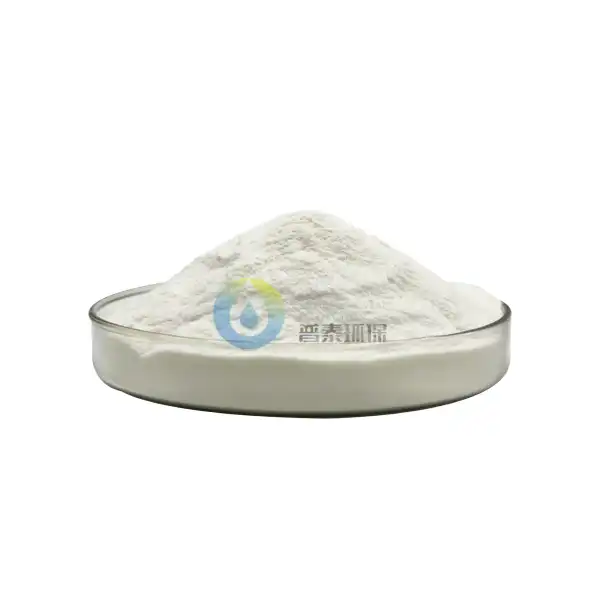 VIEW MOREPolyaluminum Chloride Pac
VIEW MOREPolyaluminum Chloride Pac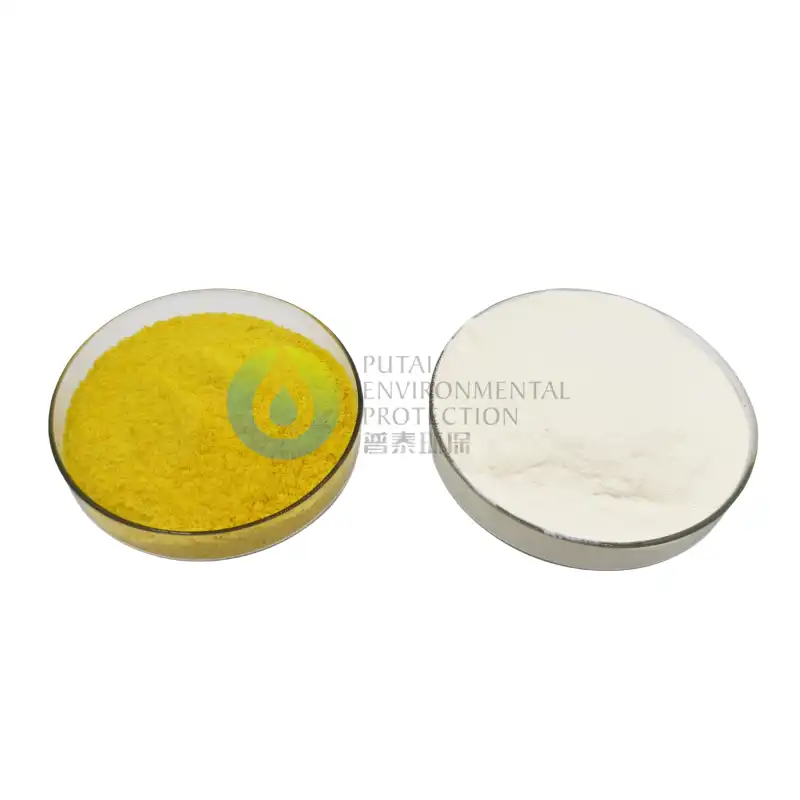 VIEW MOREPolyaluminum Chloride Water Treatment
VIEW MOREPolyaluminum Chloride Water Treatment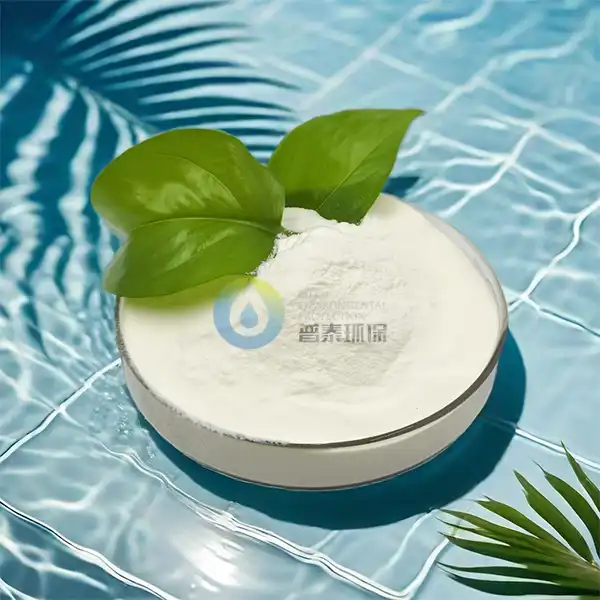 VIEW MOREOem Polyaluminum Chloride
VIEW MOREOem Polyaluminum Chloride

